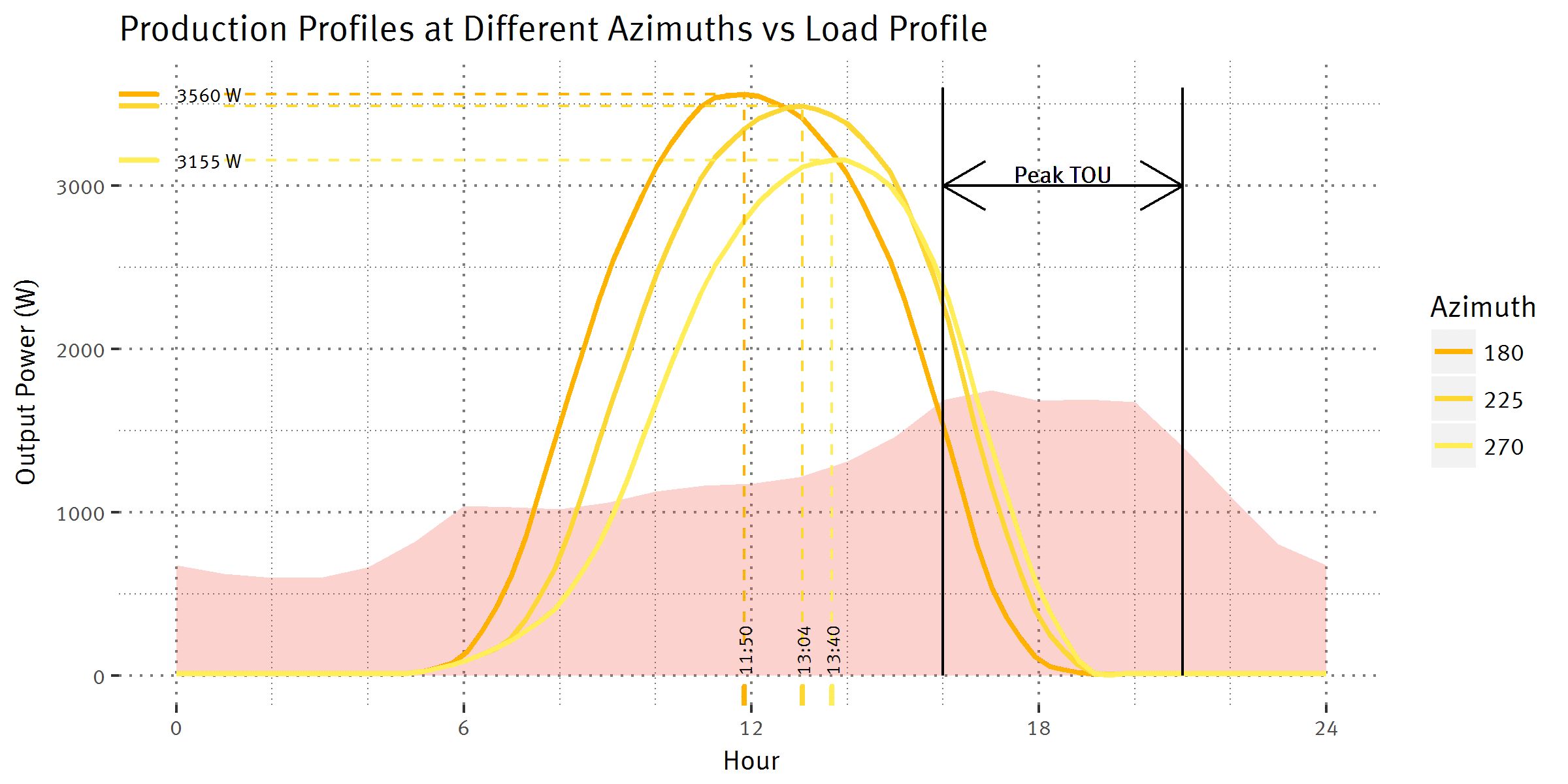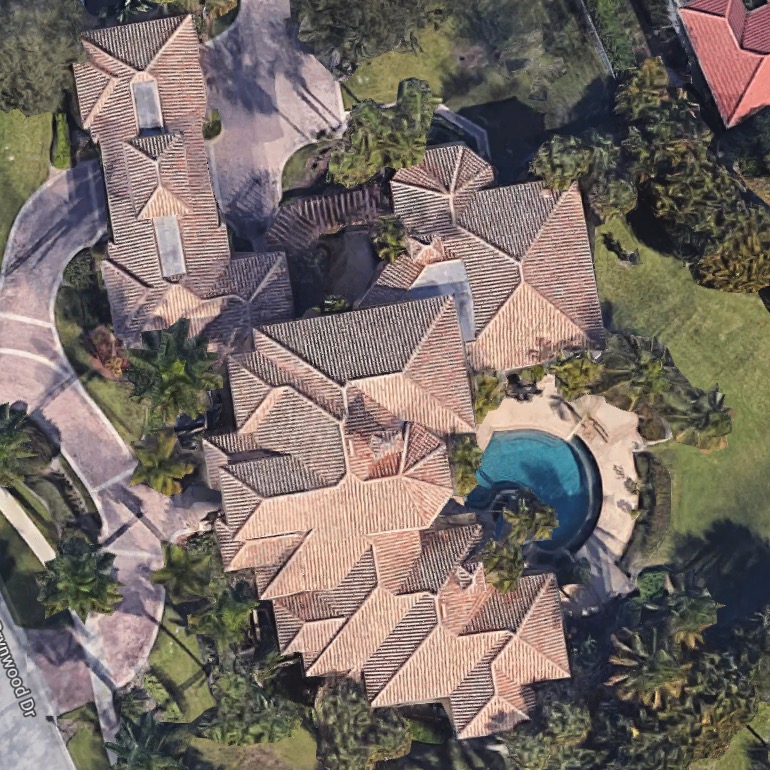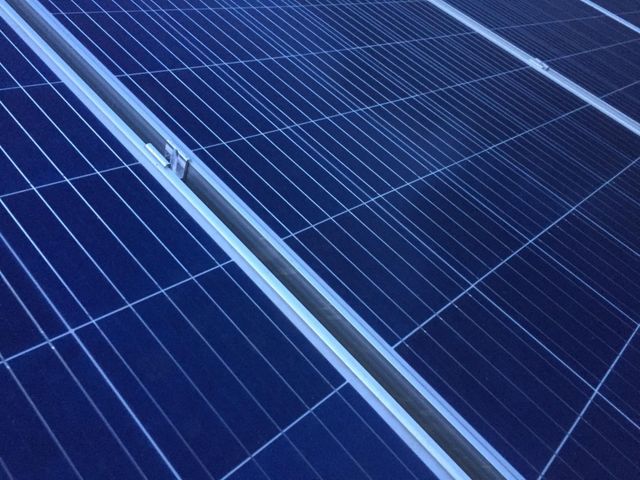Given the same amount of sunlight shining for the same duration of time on two solar panels with different efficiency ratings the more efficient panel will produce more electricity than the less efficient panel.
Solar panel efficiency on shady afternoon.
The average efficiency of solar panels falls between the 17 to 19 percent efficiency range.
Solar panels have been consistently increasing in efficiency at about 5 annually since 2010.
This large jump in efficiency resulted in the power output of a standard size.
Solar panel efficiency is a measure of the amount of solar energy irradiation which falls on a panel surface and is converted into electricity due to the many recent advances in solar cell technology over the last 5 years average panel conversion efficiency has increased from 15 to 20.
If your roof is mostly in the shade from 10am to 3pm and you re not willing or it s not possible to remove the trees or other objects casting shadows i m afraid you.
The highest efficiency solar panels on the market today can reach almost 23 percent efficiency.
A visual explanation of how shading affects solar panels to help you understand exactly what is meant by partial shading and how it affects the power output of a solar panel check out this video from the alte store.
The use of half cut solar cells increases the available electric pathways in a solar panel making it more resistant to shade.
Plus in a study to see how sunpower solar panels performed in real world shading conditions the panels only lost 7 8 to 13 8 efficiency compared to more than a 28 production loss seen in other panels.
Factors that affect solar panel efficiency.
Nothing destroys the efficiency of a solar panel system like shade not roof pitch not roof direction not clouds.
Solar panel efficiency is a measurement of a solar panel s ability to convert sunlight into usable electricity.















































